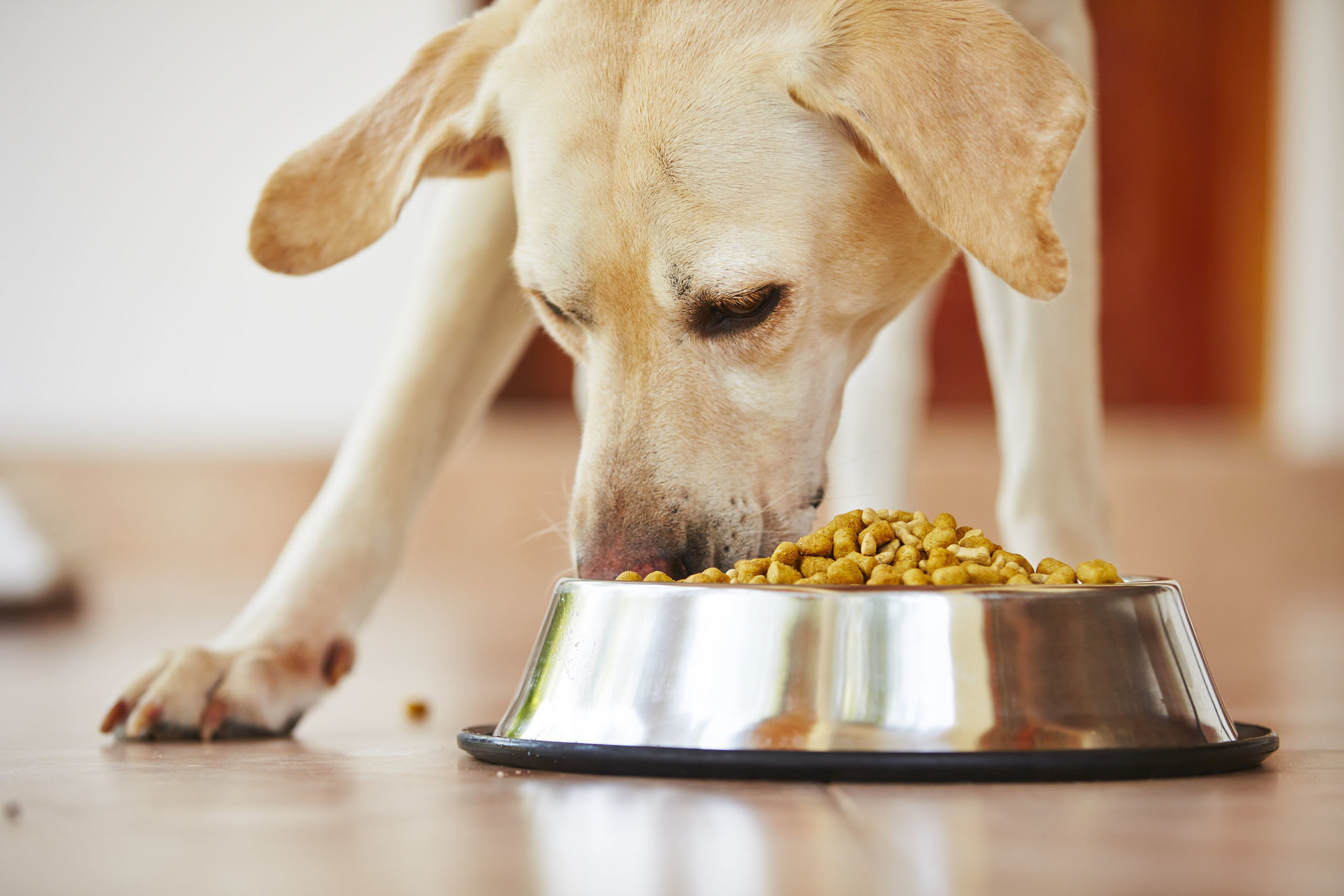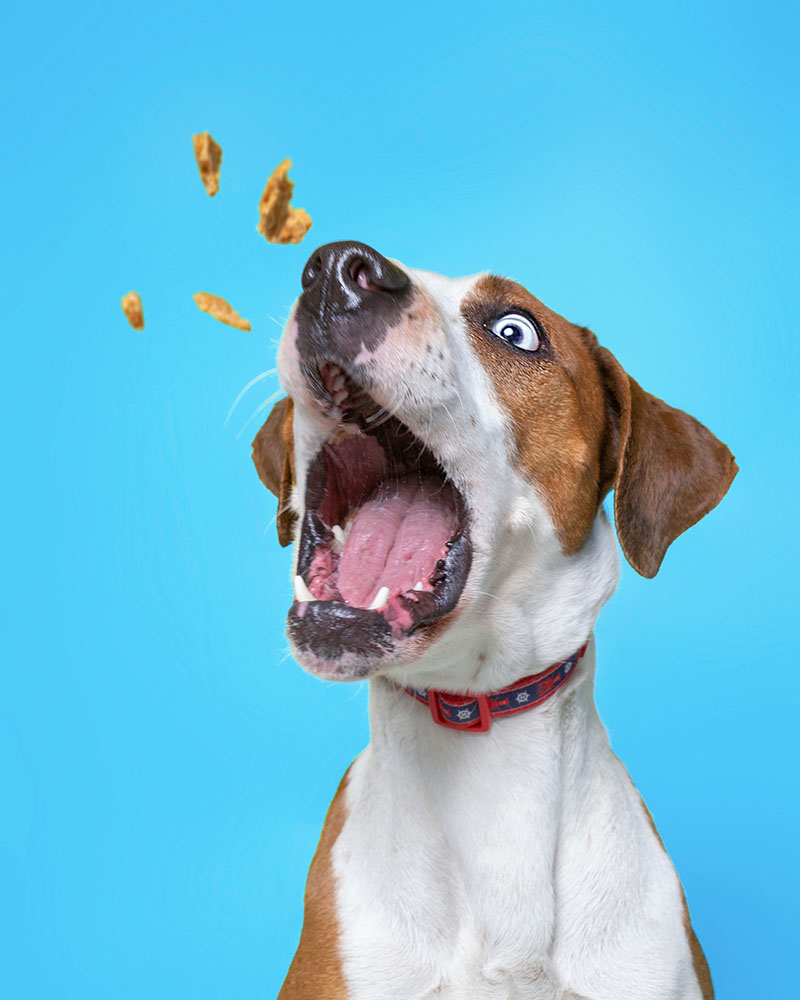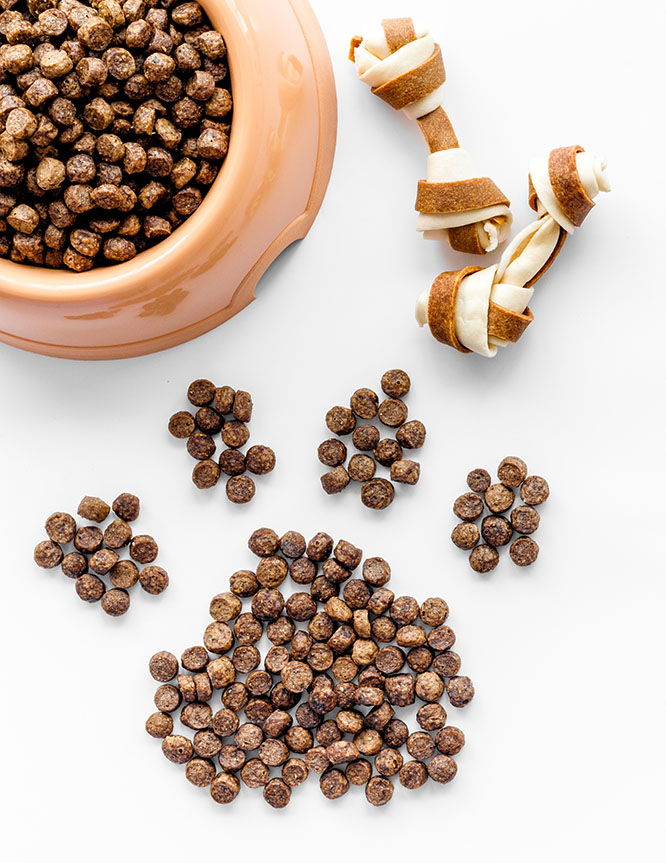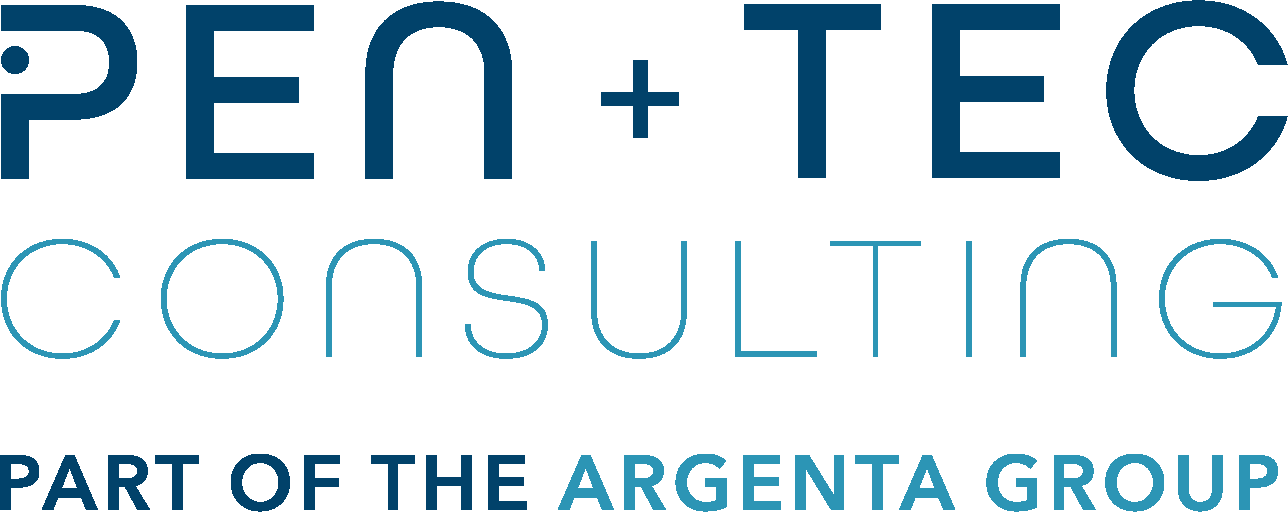Trends in petfood and road to regulatory approval within the EU
Posted 2 December, 2022
Cats and dogs have always been very popular companions for humans, but it is a well-known fact that during the Covid-19 pandemic, people who were able to do so, adopted pets to keep them company. There was an increase in adoptions from shelters across the world as many people faced hard lockdown restrictions by themselves and wanted company. During recent years, owning pets has become more popular as the middle class continues to grow, and households have more disposable income available. Pets have also been proven to have a calming and supportive effect on humans, something that was valued during the emotionally trying time of the pandemic.
With pets becoming increasingly more humanised by their owners, so does their diet. In this article, we´ll take a closer look at some of the trends we can expect in the future and where the European regulatory authorities stand on these.

Consumer needs
The consumer, in this instance will be the pet, as well as the pet owners. It is obvious that pet parents want the best for their four-legged companions. But sometimes it is not so obvious to owners what they need. With the humanization of pets, comes the danger of thinking that “human-grade food” would be safe and even healthier for pets. This is not necessarily true. Small animal veterinary practices deal with many cases each day of owners feeding their pets a little nibble from the dinner table thinking it is harmless. The consequences can be acute, or chronic in the case of severely overweight pets. There is a vast number of pet-customers to whom pet food companies need to tailor their diets for.
Owners want convenience, tailored diets, simple and healthy ingredient lists and in novel food formats. The importance of a balanced diet will always be at the forefront for pet owners.
This goes without saying that pet food companies can no longer get by with having just the basic kibble on offer. Although this is the easiest choice when starting out, it is not as simple as picking up a bag at your local grocery store anymore.
Pets need diets based on their size, level of activity, age, and very often breed specific.
The industry now provides a range of pet foods adapted to the needs of all different kinds of pets. Whether they represent a daily ration (complete food) or are used in conjunction with other foods (complementary food), industrially prepared pet foods contain all the right components in carefully prescribed proportions for a pet to lead a healthy life.
Pet parents are interested in convenience as well, therefore it would be in the best interest of pet food companies to make sure that their products are available via online shopping platforms, as far as possible.
Novel formats
Pets are viewed as part of the family and based on that fact, consumers may seek diets containing feed additives that may benefit the pet in more ways than simply fulfilling the daily caloric requirements. There are multiple reasons for owners to supplement their pet´s normal diet. One of them might be to aid joint and mobility issues as pets become older or due to breed phenotype. Another might be to help with anxiety experienced by pets. Supplements can be added to the pet´s diet, as recommended by a veterinarian.

Very often with pets, much like with ourselves, we start out with the best intentions of diligently taking the prescribed supplement, but we fall short of being 100% compliant. An innovative way to overcome this issue, is for the supplements to be incorporated into the pet food. One such example would be “calming” dog food. Formulated by veterinary nutritionists, this type of dog food already contains supplements. The owner simply needs to feed the meal as required, without the added worry of remembering to additionally include the supplement themselves.
This would be very convenient if many oral medications as well as supplements could be incorporated into pet food. It is, however, not as straight forward in practice, as many of the supplements and medications are not stable during the manufacturing process. Efficacy of the supplement or medication in the finished feed is of the utmost importance. Technology is ever advancing, and the prediction is certain that there are some very exciting and innovative products in the pipeline which will be of great benefit to pets.
Regulations with respect to pet food in the EU
In the EU, pet foods are regulated the same as all animal feed which must be compliant with all relevant EU Regulations in prior to marketing including:
- Regulation (EC) No 183/2005 (laying down requirements for feed hygiene)1
- Regulation (EC) No 1831/2003 (feed additive regulation)2
- Regulation (EC) No 429/2008 (detailed rules for the implementation of Regulation (EC) No 1831/2003)3
- Regulation (EC) No 767/2009 (controlling the placing on the market and use of feed)4
- Regulation (EU) No 68/2013 (catalogue of feed materials)5
It is the responsibility of the Feed Business Operator (FBO) to ensure that feed products are compliant. EU laws apply to all EU Member States and EEA (European Economic Area) countries meaning that if an ingredient has a legal status in the EU, then it can be marketed in pet foods, pet supplements and pet treats in all 27 EU Member States.
The European Pet Food Industry Federation (FEDIAF) is the trade body representing the European pet food industry. 18 national trade associations and 5 companies (Affinity Petcare, Hill’s Pet Nutrition, Mars PetCare, Nestlé Purina Petcare and Wellpet) are members of FEDIAF6. Their mission is to provide safe products for the benefit of pets, and they believe that pet ownership has the ability to enhance the lives of all Europeans6. FEDIAF often co-operates closely with the EU authorities in order to work towards this goal. FEDIAF have worked to develop various guidelines centred on providing harmonised information on the regulation of pet food products in the EU. Publications include guidelines based on NRC specifications, that can be used by members of the Federation to formulate diets. These guidelines are updated regularly to ensure that manufacturers throughout Europe keep up to date with the latest in scientific and nutritional advancements. The latest version has been released in 2021. FEDIAF also developed the FEDIAF Code of Good Labelling Practice7, a user-friendly guide for consumers which provides on pet food labelling, validated by EU authorities and Member States. The Code is intended to be used by companies and authorities alongside the relevant existing EU legislation.
FEDIAF also supports the sustainably production of pet food throughout Europe by the following and are committed to support recycling, ethical sourcing of raw materials and encouraging the efficient use of energy8.
How approval is obtained
Pet foods need to be approved by the European Commission (EC) to be commercially marketed. Each ingredient in the formulation needs an approval or notification, based on the type of ingredient it is. Raw feed materials generally only need a notification to be submitted to the EU authorities if not already officially listed as a feed material. A list of the registered feed materials available within the EU can be found in the above-mentioned Catalogue of Feed Materials as well as the EU Feed Materials register website.

As per EU Regulation No 767/20099 complete pet food is considered to be pet food that, by reason of its composition, is sufficient for a daily ration10. Other forms of pet food can be wet food, treats and raw chews. Ingredients in these products also need to obtain approval from the regulatory bodies and final products must be compliant with the relevant feed regulations in order to be commercially marketed.
As many pet foods will contain ingredients that will be considered as feed additives, these need to be approved by the EC according to Regulation (EC) No 1831/2003 of the European Parliament and of the Council of 22 September 2003 on additives for use in animal nutrition11. For new additives, this process requires the submission of a feed additive application to the EC followed by a scientific evaluation by the European Food Safety Authority (EFSA) before subsequent EC authorisation.
It is often in the best interest of the pet food company to seek assistance with these approvals from regulatory consultancies, especially when the product is in a novel form or if the finished product contains an ingredient that for instance would be used as a treatment for an ailment or parasite.
Future trends
To stay ahead of consumer demands, the pet food industry would need to keep growing. It is estimated that around 30% of global sales are generated in Europe alone. The continent is considered one of the industry leaders in pet food and related products12. The pet food industry remains an exciting space within the animal feed industry and the future looks bright for pets in terms of new and innovative products on the horizon.
References
- https://eur-lex.europa.eu/legal-content/EN/TXT/?uri=CELEX%3A02005R0183-20220128
- https://eur-lex.europa.eu/legal-content/EN/TXT/?uri=CELEX%3A02003R1831-20210327
- https://eur-lex.europa.eu/legal-content/GA/TXT/?uri=CELEX:32008R0429
- https://eur-lex.europa.eu/legal-content/EN/TXT/?uri=CELEX%3A02009R0767-20181226
- https://eur-lex.europa.eu/legal-content/EN/TXT/?uri=CELEX%3A02013R0068-20220724
- https://europeanpetfood.org/about/structure/
- https://europeanpetfood.org/self-regulation/labelling/
- https://europeanpetfood.org/sustainability/sustainability-2-2/
- https://eur-lex.europa.eu/LexUriServ/LexUriServ.do?uri=OJ:L:2009:229:0001:0028:EN:PDF
- https://ec.europa.eu/environment/eussd/smgp/pdf/PEFCR_PetFood_FinalPEFCRs_2018-05-09.pdf
- https://eur-lex.europa.eu/legal-content/EN/TXT/PDF/?uri=CELEX:02003R1831-20210327&from=EN
- https://europeanpetfood.org/pet-food-facts/pet-food-trends/
 By Dawn Botha,
By Dawn Botha,
Technical Marketing Manager at Pen & Tec Consulting
